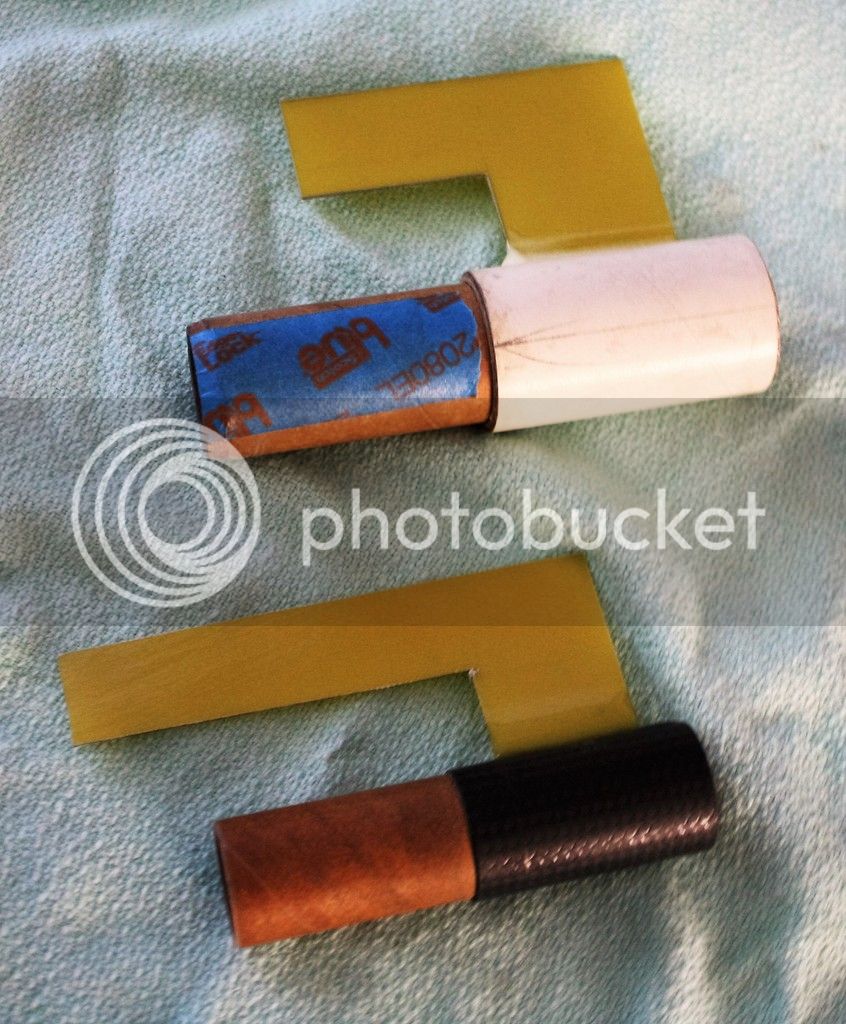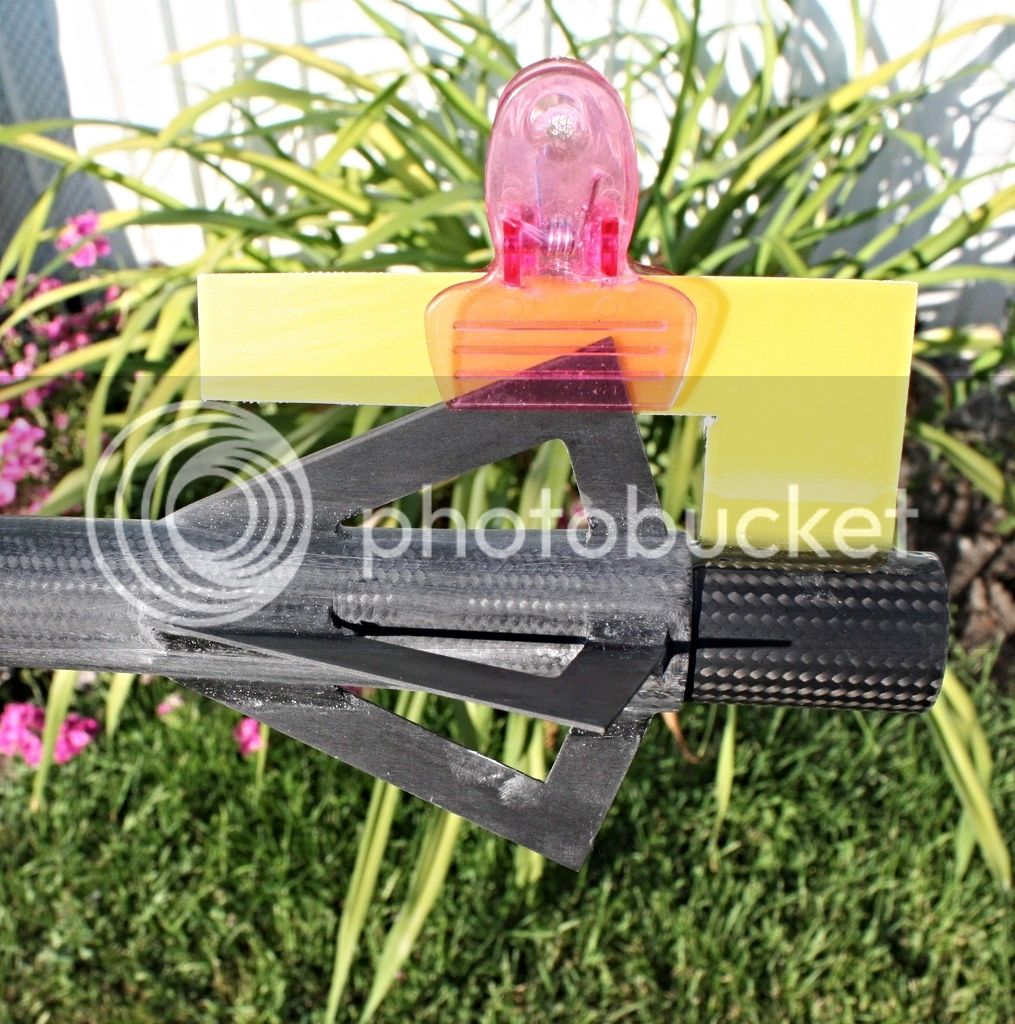This old scratch build 4" rocket has been up in the shop rack and not flown since 2005, it's time to change all that!
I have a box of arbors, hole saws, extra parts.
It took about 15 min to assemble this boring tool. Most hole saw arbors use 1/4" pilot bits, so just remove it and install a 1/4" allthread, nuts and lock washers.
I actually grind flat spots on the rod where the arbor set screws lie so I can tighten the assembly much better.
Find a holes saw that is close to the OD of the 54mm MMT and smaller hole saws that fit inside the old 38mm MMT used as guides.

You can remove the retainer and go right at it but I usually cutoff that aft CR so when the new MMT is installed I can do some good fillets from the fins to the MMT.

It cuts right through the fins until it bottoms out in the large hole saw. Withdraw the boring tool and use a 3/4" diameter diamond cutting disc to cut around the inside of the old MMT and it falls out.
Another option is to use long needle-nose pliers and rip the pieces out and bore again.

This rocket had a short MMT so this was easy. For longer ones, the middle hole saw should be the same size as the OD of the old MMT.
That jig grinds away the old MMT and cuts the prep for the new one at the same time. The one on the end stays inside the old MMT as a guide.
Longer jobs require paddle-bit extensions or larger ones depending on the arbor you use.

Here is the new 54mm MMT installed. Prep the end for your new aft 54mm CR, do your epoxy fillets and a retainer and you are done!!

This 6" rocket I had bored out 4 -38mm outboards and bored the central from a 54mm to a 75mm MMT


















































